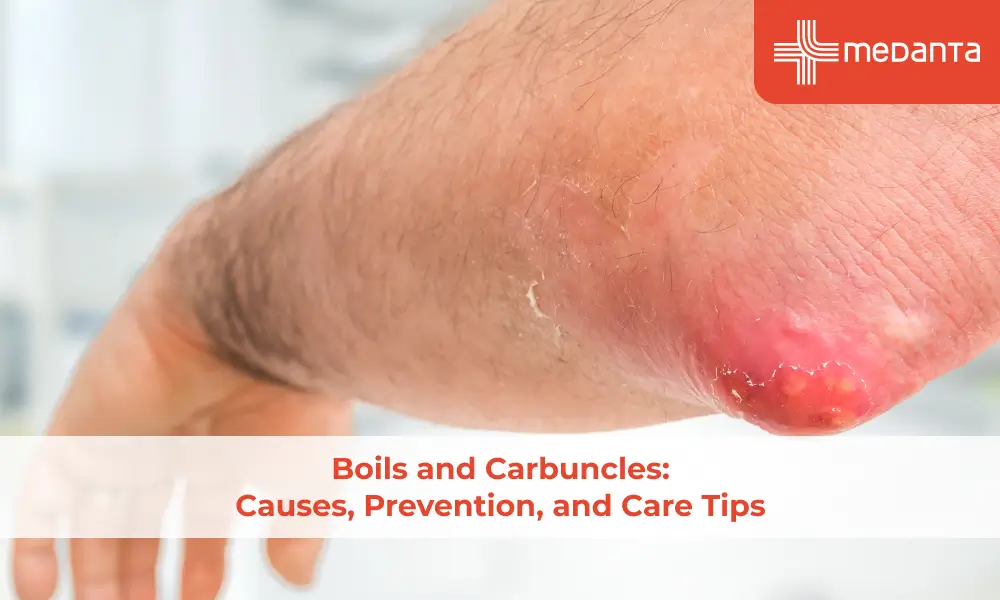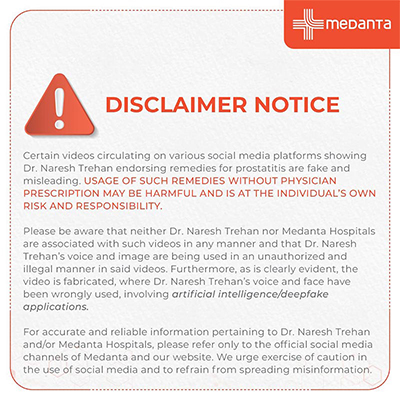How to Give CPR During a Cardiac Emergency?

TABLE OF CONTENTS
The numbers are shocking - millions of people die from sudden cardiac arrest yearly. The situation becomes more critical since all but one of these cardiac arrests happen outside hospitals, and the majority of victims die because they don't get immediate help.
Quick CPR action can literally save lives. A victim's survival chances can double or triple at the time someone performs CPR right after a cardiac arrest. This technique keeps oxygen-rich blood flowing to the brain & other vital organs until medical help arrives.
A startling reality is that cardiac arrests mostly occur at home - more than two-thirds of all cases. This fact makes CPR knowledge crucial for everyone, not just doctors. The first five minutes are critical because survival chances drop 10% every minute without help.
The American Heart Association (AHA) recommends performing chest compressions between 100 to 120 times per minute. The most crucial part? You need to start right away and keep proper compressions going until help arrives.
In this comprehensive blog, you will learn to perform CPR step by step, from spotting a cardiac emergency to mastering the right technique. Readers will also gain confidence to act decisively in a crisis because every second matters.
Recognising a Cardiac Emergency
Quick recognition of a cardiac emergency can make the difference between life and death. During cardiac arrest, the person's heart suddenly stops beating efficiently, cutting off blood flow to vital organs.
Primary signs of cardiac arrest include:
Sudden collapse and loss of consciousness
No pulse or heartbeat
No breathing or only gasping for air
No response to shaking
Many people experience cardiac arrest without any warning. Additionally, warning signs can appear an hour or weeks before the event. Your chances of getting help improve significantly if you recognise these early warning signs.
Possible warning signs include:
Chest discomfort or pain
Shortness of breath (more common in women)
Extreme tiredness or unusual fatigue
Heart palpitations (racing or fluttering heartbeat)
Dizziness or lightheadedness
Nausea and vomiting
Cardiac arrest is entirely different from a heart attack. A heart attack happens because of blocked blood flow in the heart and typically causes chest pain. The heart stops beating entirely during cardiac arrest due to an electrical problem. These conditions are distinct, but a heart attack can trigger cardiac arrest.
Each minute without CPR reduces survival rates by about 10%. Brain damage can start just five minutes after the incident.
Call emergency services right away if you think someone has cardiac arrest. Start CPR immediately if the person:
Is unconscious
Has no pulse
Isn't breathing, or is only gasping
Starting CPR quickly gives the person their best chance of survival when doctors arrive. Don't spend time looking for a pulse if you're not sure.
How to Perform CPR
CPR must be done right to give someone the best chance of survival. Safety comes first - check the scene and see if the victim responds. Start CPR right away once you confirm the person is in cardiac arrest.
The CPR procedure follows these steps:
Check for responsiveness - Tap the person's shoulder and shout, "Are you all right?"
Call for emergency help - Ask someone to dial the emergency number or do it yourself if alone
Position the person - Place them on their back on a firm, flat surface
Begin chest compressions - Kneel beside the person's chest
Here's how to do chest compressions properly:
Place the heel of one hand on the centre of the chest (specifically on the lower half of the breastbone)
Put your other hand on top and interlock your fingers
Position your shoulders directly above your hands
Keep your arms straight & lock your elbows
Push hard & fast at a rate of 100-120 compressions per minute
Press down at least 5-6 cm (2 inches) for adults
Let the chest fully recoil between compressions
Quality chest compressions with minimal breaks are crucial. Your compressions help blood circulate through the body and deliver oxygen to vital organs.
People trained in rescue breathing should do 30 compressions followed by two rescue breaths. First-time responders should stick to chest compressions only. Hands-only CPR works well in the first few minutes after cardiac arrest.
When an Automated External Defibrillator (AED) becomes available, turn it on and follow its voice prompts. The machine analyses the heart rhythm and tells you if a shock is needed. Start CPR again right after giving a shock or if no shock is advised.
Keep doing CPR until help arrives, you see signs of life, or you're too tired to continue. A trained person nearby can take turns with you to avoid fatigue and keep the compressions effective.
Important Points to Keep in Mind During CPR
Proper CPR techniques can substantially improve survival rates. Several critical factors deserve attention during this life-saving procedure.
Compression quality matters immensely. You should push hard and fast in the chest's centre and let the chest fully recoil between compressions. Many rescuers don't compress deep enough or allow complete chest recoil, which reduces the effectiveness of CPR. Adult chest compressions should reach at least 5-6 cm deep.
You should avoid these common mistakes:
Compressing too slowly (you need 100-120 compressions per minute)
Frequent or prolonged interruption breaks
Leaning on the chest between compressions
Wrong hand position (too low or too high)
Bending elbows during compressions
Moving the victim without reason
Hands-only CPR works best for untrained rescuers. Push hard and fast in the chest's centre without rescue breaths. This method works well during the first few minutes of cardiac arrest while oxygen stays in the bloodstream.
CPR should continue without breaks until:
Professional help arrives and takes over
The person shows life signs (breathing, movement)
An AED is ready to shock
You become too exhausted
The scene becomes unsafe
Check often for recovery signs like normal breathing or movement. If recovering patients regain consciousness, roll them onto their side while supporting their head and neck.
CPR demands physical strength. Another person can help by taking turns every two minutes to prevent fatigue and keep the technique effective.
Note that broken ribs are nowhere near as important as saving someone's life. Immediate CPR gives cardiac arrest victims their best chance of survival, whatever minor injuries might happen during the process.
Conclusion
CPR saves lives during cardiac emergencies. These steps empower anyone to act decisively when someone's heart stops beating. Quick action matters most—survival chances drop by 10% with each minute without CPR.
The process is simple. Check for responsiveness, call the emergency number right away, and begin chest compressions. Press hard and fast at 100-120 compressions per minute and let the chest fully recoil between pushes. Hands-only CPR serves untrained rescuers well and provides crucial help until medical professionals arrive.
CPR might seem daunting initially, but fear of mistakes shouldn't prevent anyone from taking action. A cardiac arrest victim needs any form of CPR rather than none at all. This knowledge protects not just strangers but also family members, as most cardiac arrests occur at home.
Local training courses and online resources make these life-saving skills accessible. Most people can learn these simple techniques with practice.
Knowing how to spot cardiac emergencies, perform proper compressions, and maintain the technique until help arrives could mean the difference between life and death for someone close to you. CPR stands as one of the most valuable skills anyone can acquire.
FAQs
What are the key steps to perform CPR effectively?
The key steps include checking for safety, calling emergency services, positioning the person on their back, and performing chest compressions. Push hard and fast at a rate of 100-120 compressions per minute, allowing the chest to fully recoil between each compression.
How do I recognise a cardiac emergency?
Look for sudden collapse, loss of consciousness, absence of pulse or breathing, and no response to shouting or shaking. Other warning signs may include chest discomfort, shortness of breath, extreme fatigue, or dizziness.
Is it necessary to perform rescue breaths during CPR?
For untrained rescuers, hands-only CPR (focusing solely on chest compressions) is recommended and highly effective in the first few minutes after cardiac arrest. Those trained in rescue breathing can perform 30 compressions followed by two rescue breaths.
How long should I continue performing CPR?
Continue CPR until emergency services arrive, the person shows signs of life (breathing or movement), or you become too exhausted to continue. If another trained person is present, take turns performing compressions to prevent fatigue.
Can I cause injury while performing CPR?
While it's possible to cause minor injuries like broken ribs during CPR, the possibility of saving a life far outweighs this risk. Don't let the fear of causing injury prevent you from performing CPR, as immediate action gives the victim their best chance of survival.






